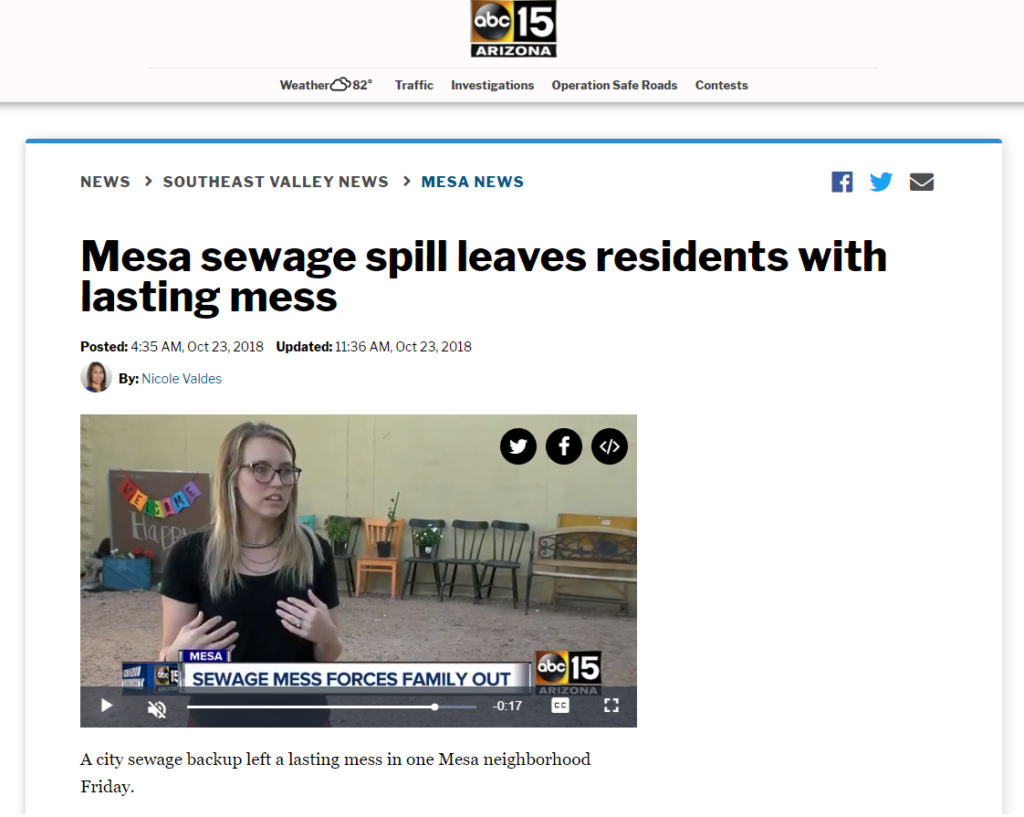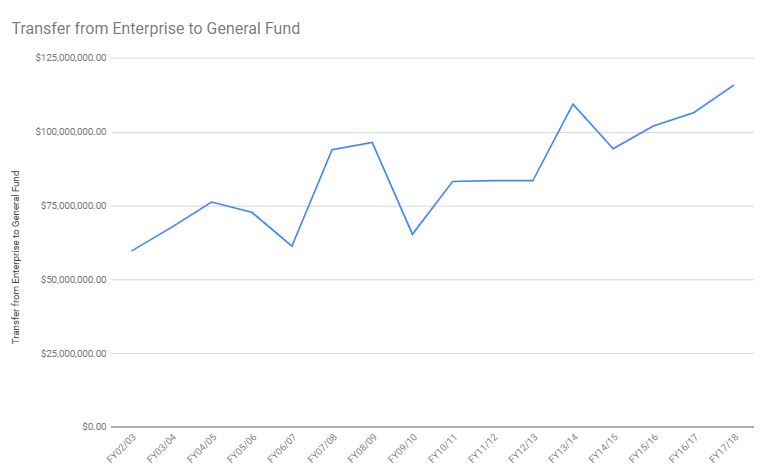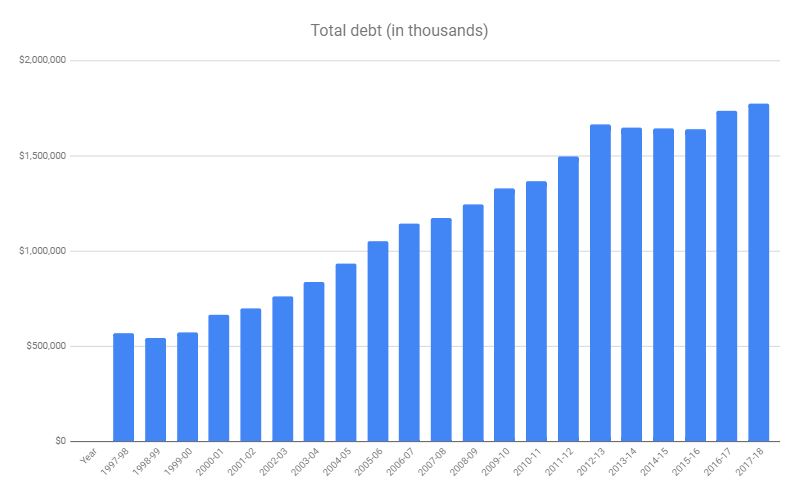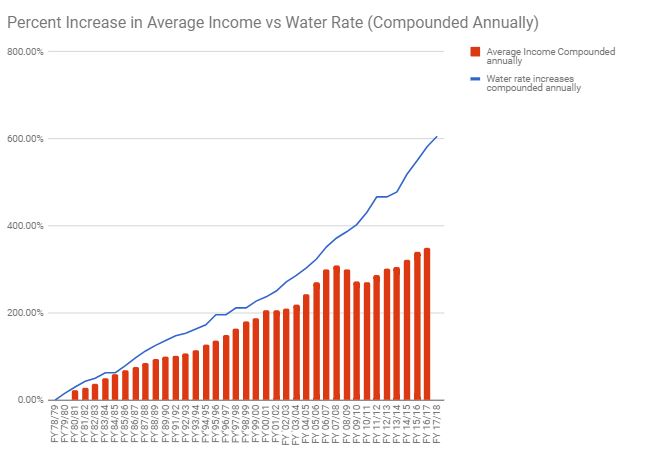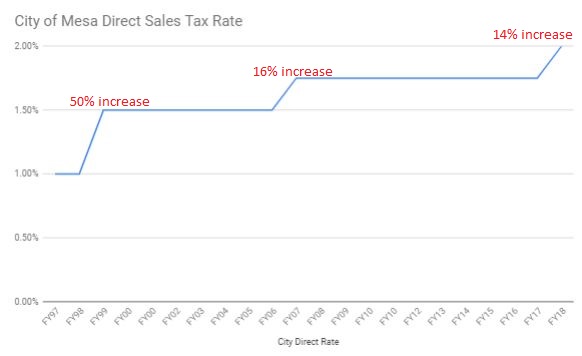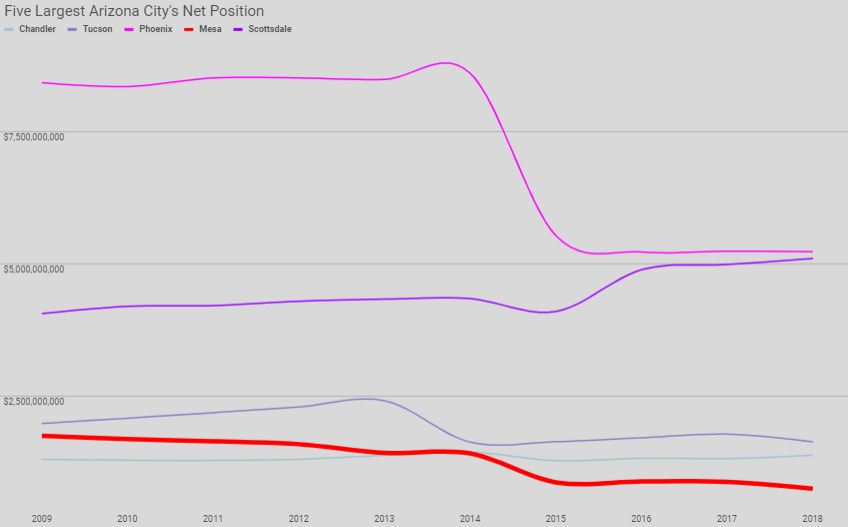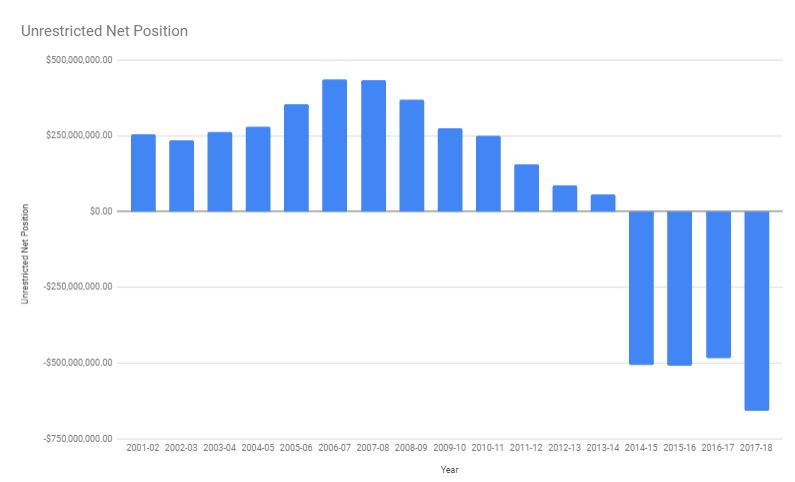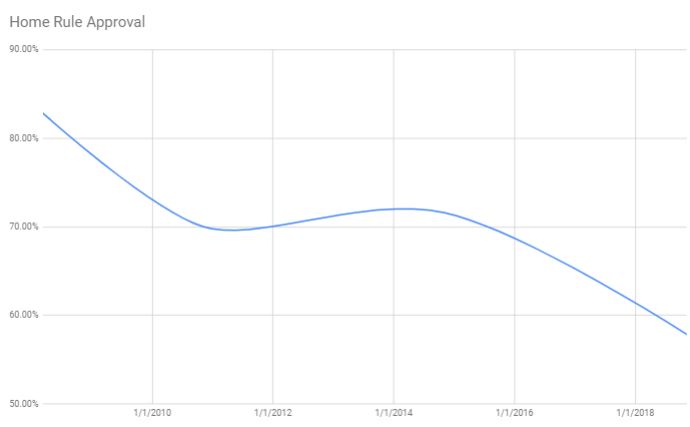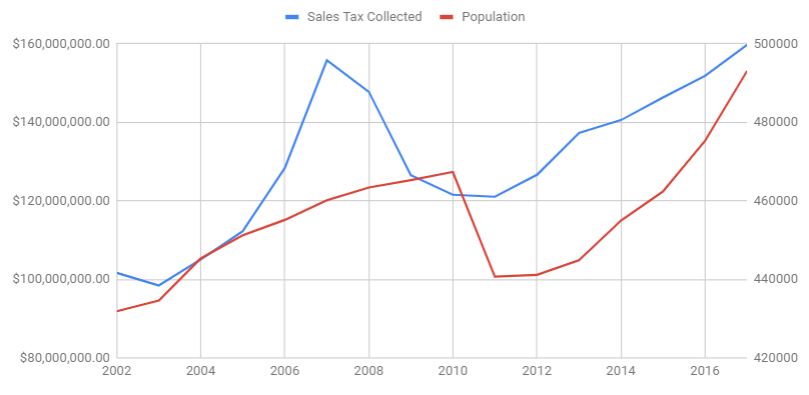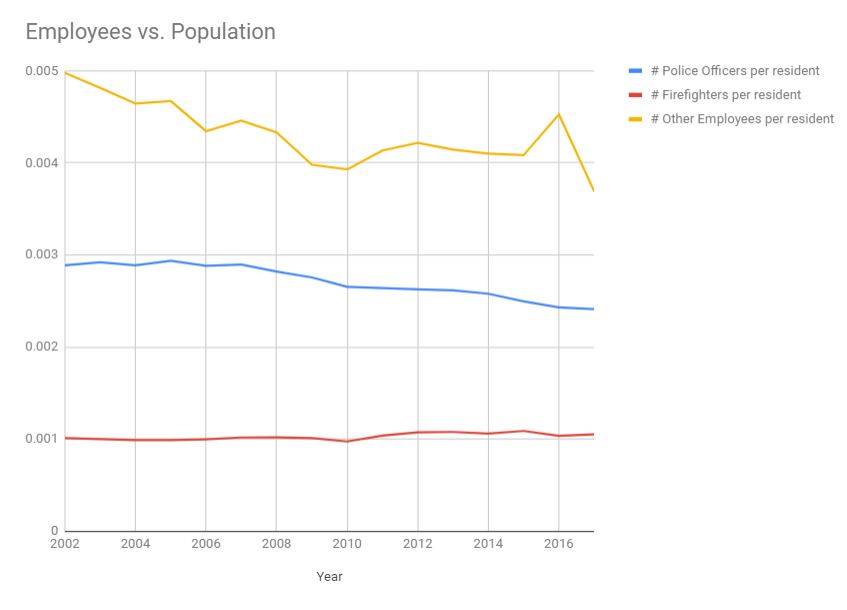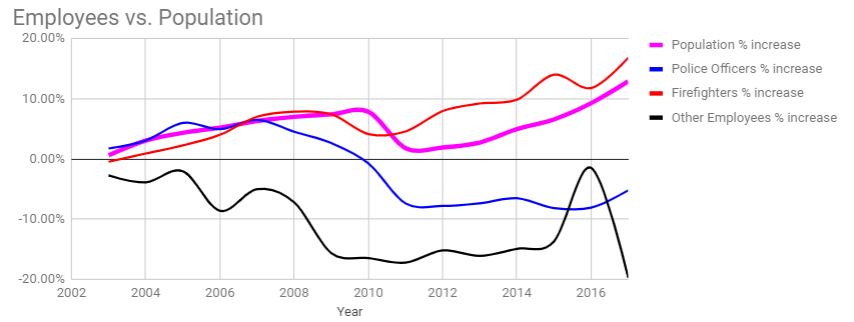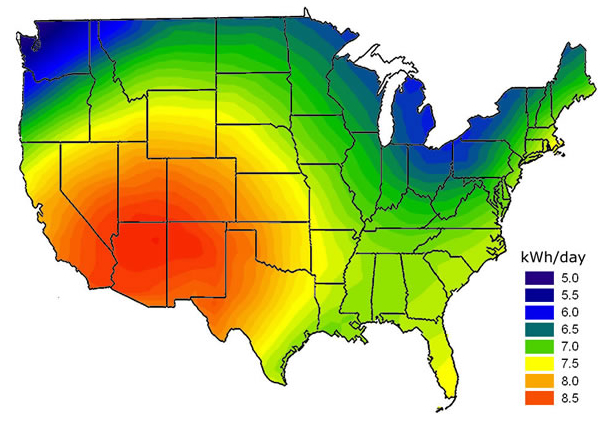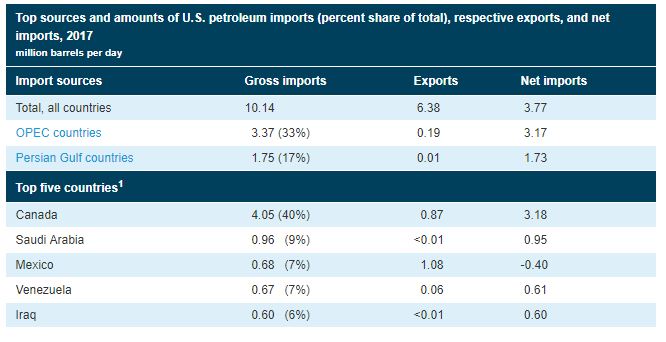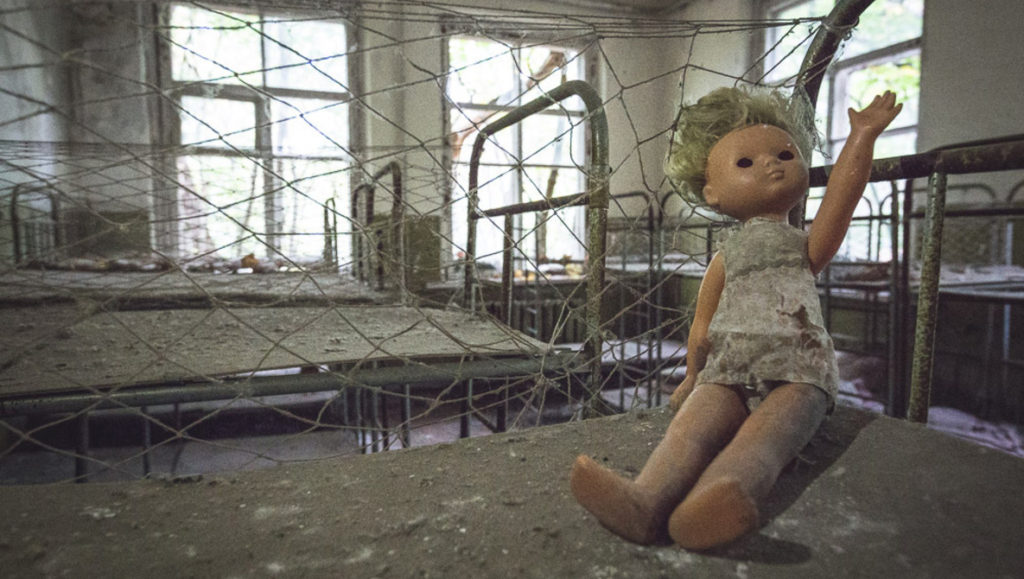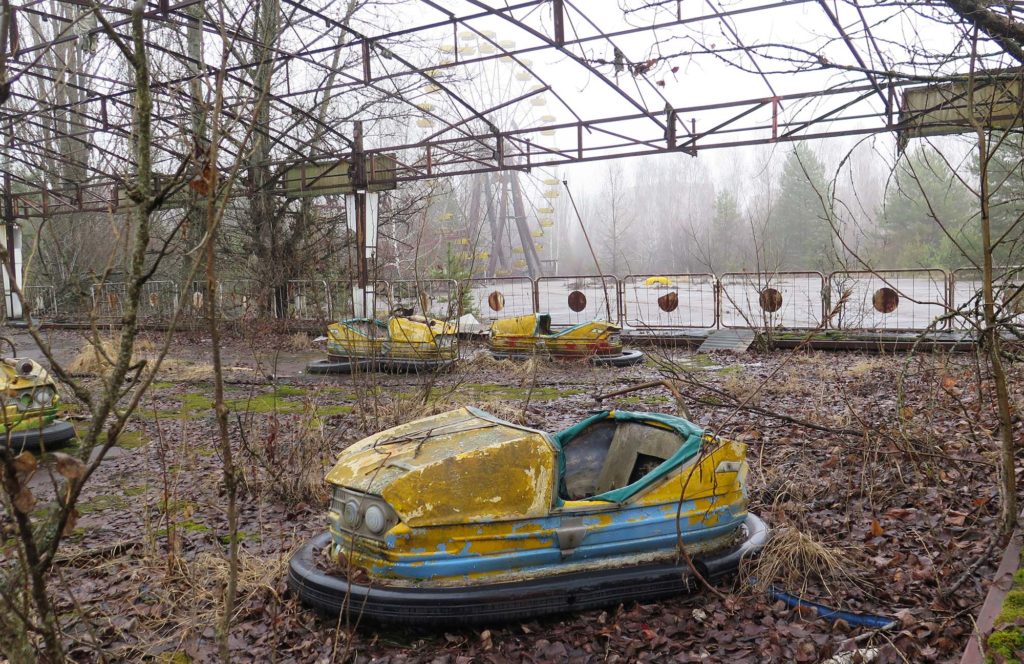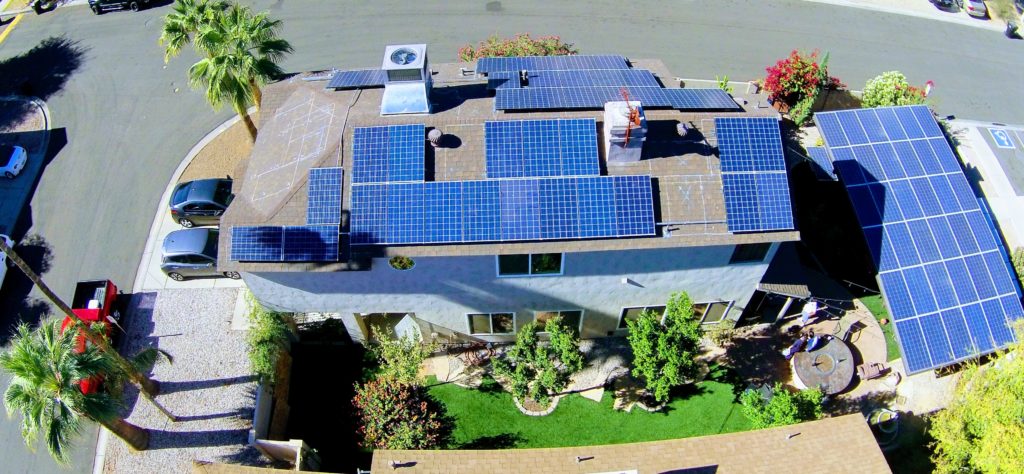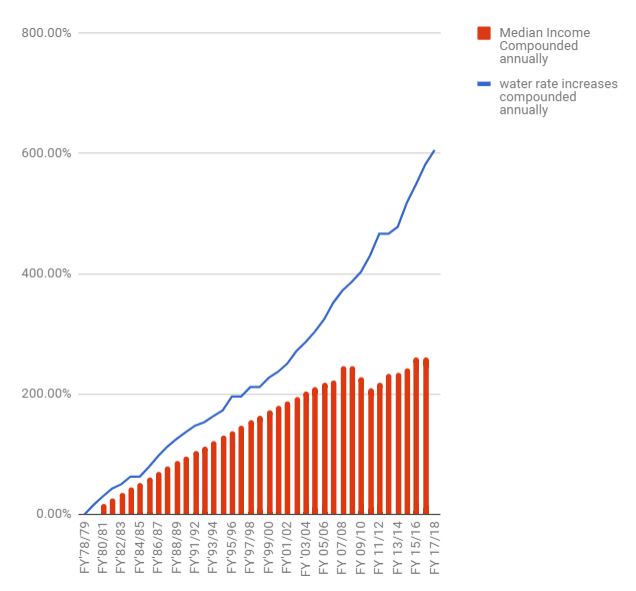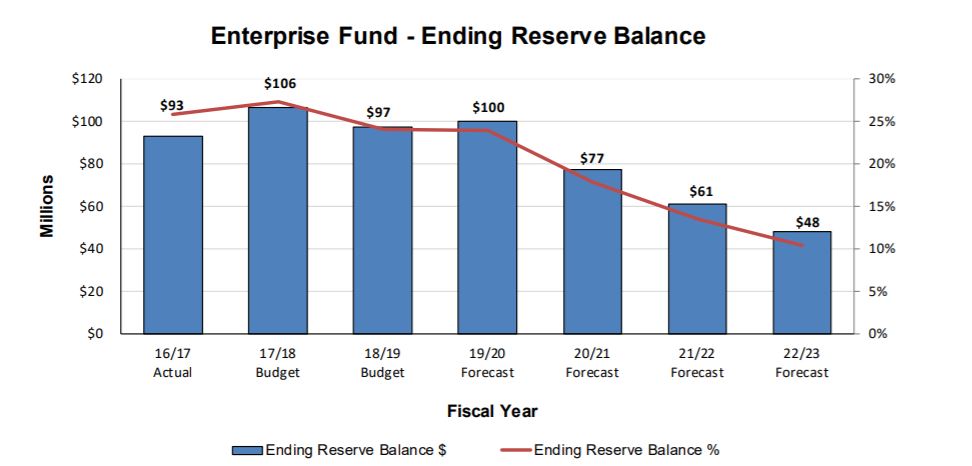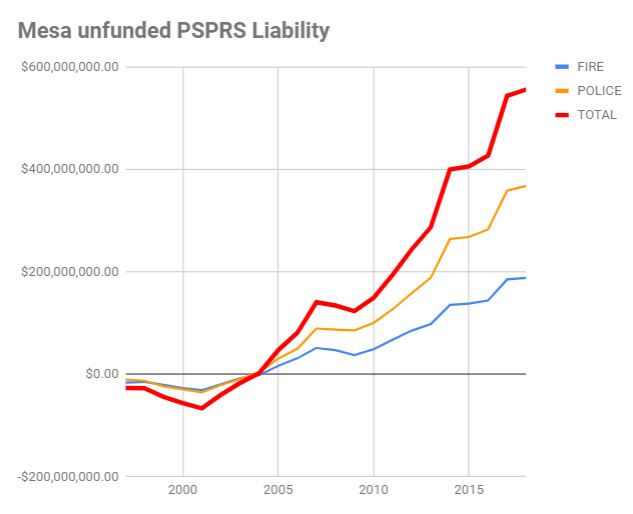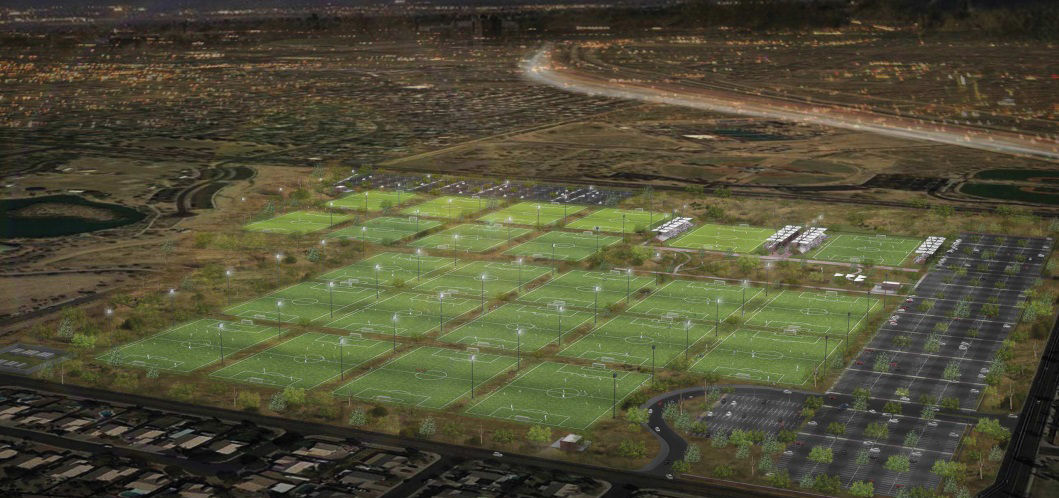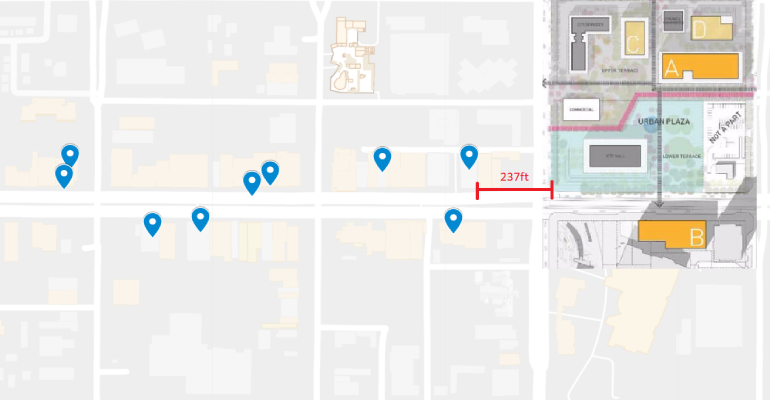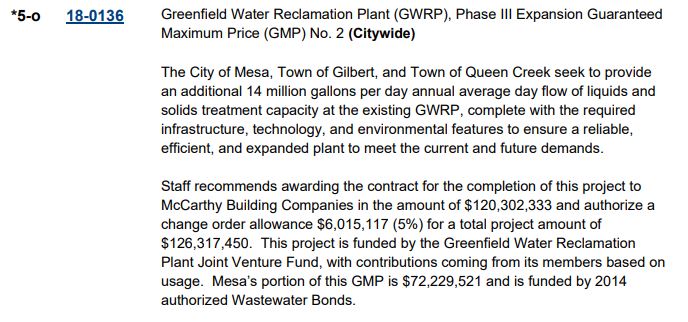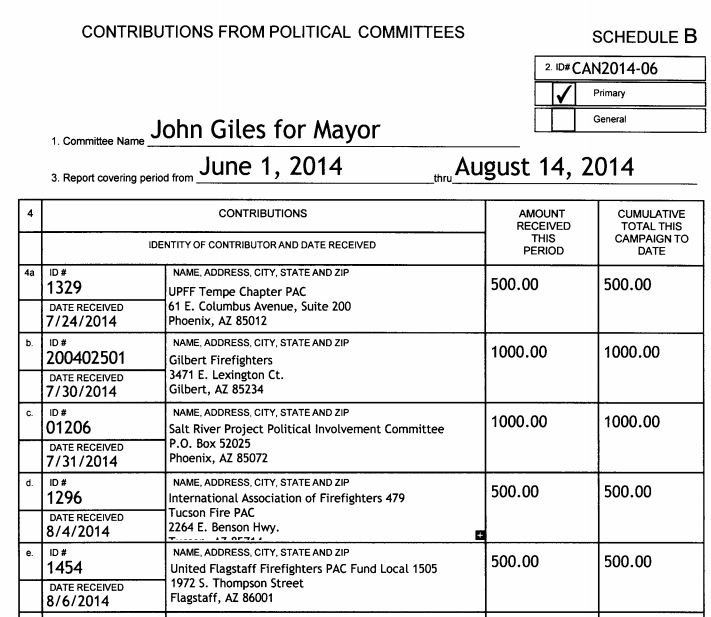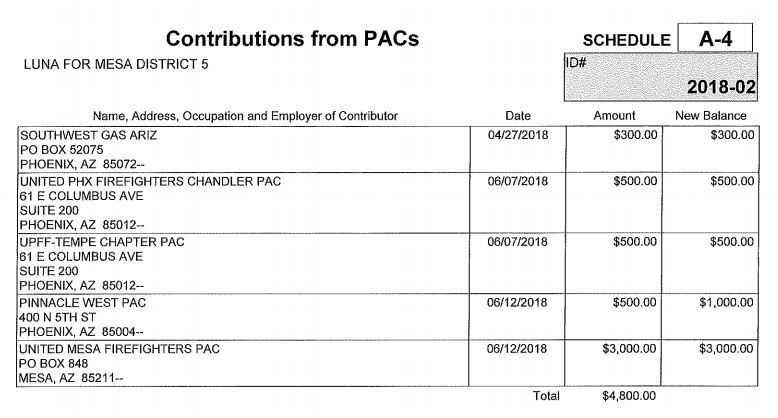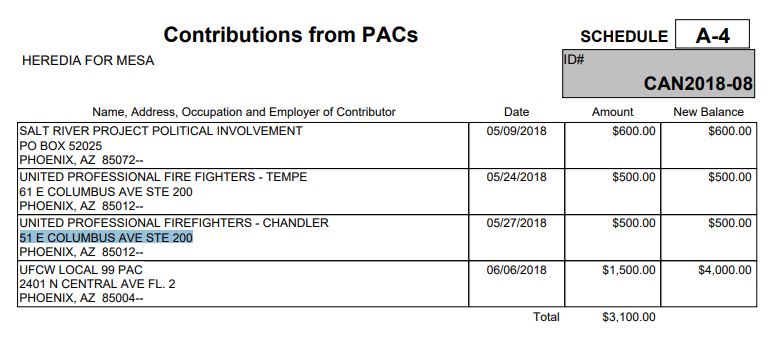I’ve created this flow chart to help people visualize how money travels throughout the City of Mesa. This is a living document and will be updated occasionally to add new items(click to enlarge).
Apr 19
Mesa’s 2019 Bond Rating Reports
This week Mesa’s bond rating agency reports were released by S&P and Moody’s, two of the three largest credit rating agencies.

It’s been a while since I’ve written anything on the financial health of Mesa and I feel like now would be an appropriate time. If you don’t follow finances or understand accounting, I would be glad to meet and explain further in person, 480-648-3756, if you have any questions or concerns.
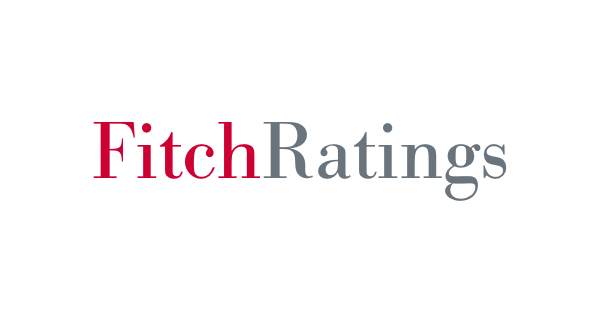
The most relevant thing I want to outline in this article is that we not only have a fiduciary responsibility for the city of Mesa (as a municipality), but ultimately our primary responsibility is for the future welfare of all 500,000 people residing here. It is extremely important that we draw a distinction between the two because what looks good at the city level is a lot of the time detrimental to the people who live in Mesa. This is mainly due to higher taxes and utilities to cover the ever-increasing costs.
Good for Mesa Bad for Taxpayers and Utility Customers
Let me explain by giving a few examples of what I’m referring to. As the City’s financial situation becomes worse due to its increased spending, the bond rating agencies would normally lower Mesa’s credit rating. To prevent this from occurring, the city must raise additional revenue to replenish their funds and cover their operating costs. There are five ways the city can accomplish this: 1) neglect the investment in infrastructure (capital improvement projects), 2) amortize the debt over a longer time period, 3) create new debts (bonds), 4) increase utility rates, and 5) increase sales tax (as a percentage). We have done all five, here are some examples:
Lack of Investment in Critical Infrastructure
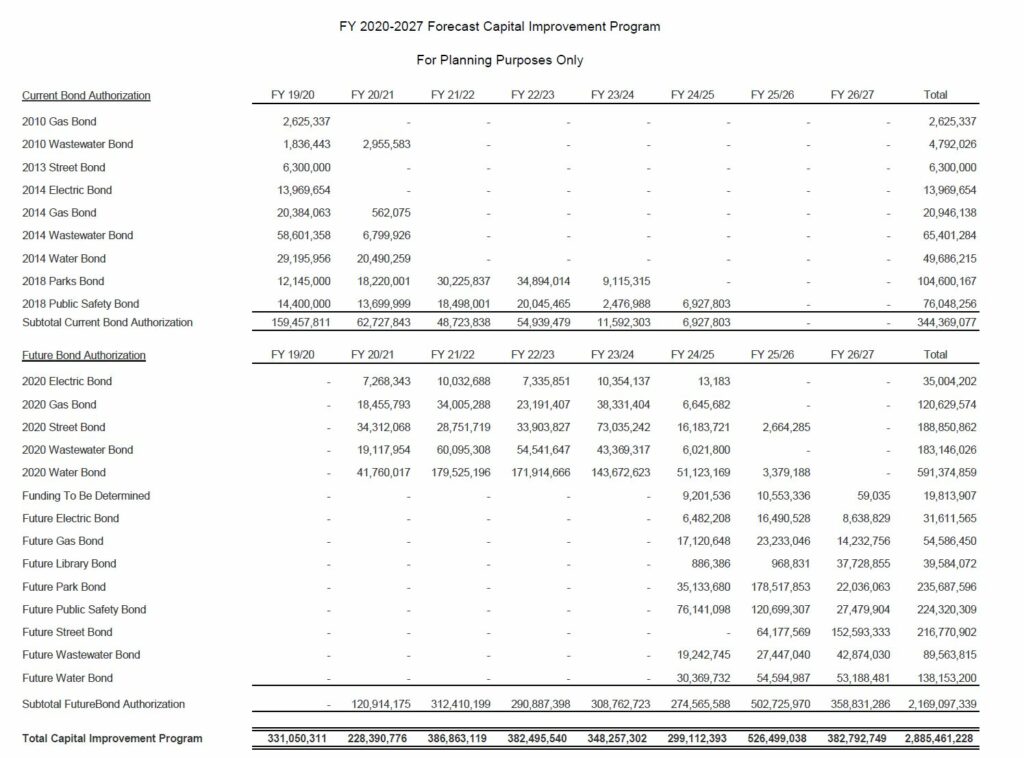
In the above example, you can see that over $3.2 billion is anticipated to be invested in our Mesa over the next 8 years. What you should also take away from this is the City anticipates asking the voters for approximately $1.1 billion dollars of more debt which will appear on the 2020 ballot.
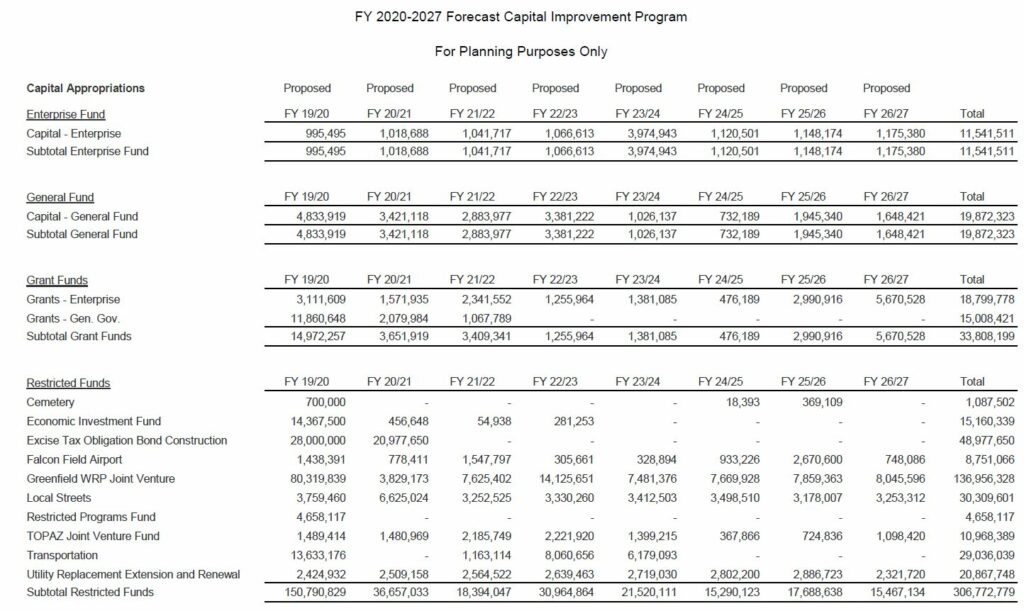
Now if we look at the above projections we only have around $370 million. To be exact it is estimated that we are short $2,857,835,493. If you can’t count that many commas that is $2.8 billion dollars. The main cause of this neglect is due to the massive transfer of utility revenue from the enterprise fund, to the general fund, where it can be used for discretionary spending. Instead, utility revenue should be reinvested in critical infrastructure. Failing to invest utility revenue in repairing, maintaining, and upgrading the utility system is extremely destabilizing and will ultimately lead to 1) massive amounts of capital needed in the form of debt (paid by taxpayers), or 2) the deterioration of the utility system (example to follow).
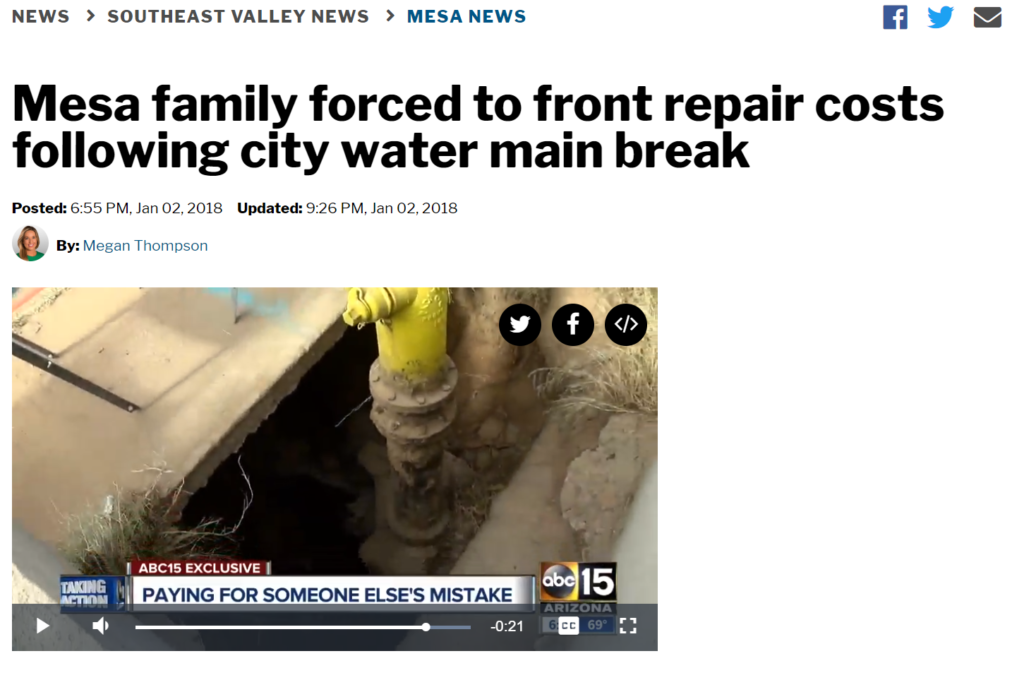
The increase for the transfers can be seen year over year below:
Here is the relevant excerpt from the bond rating reports. I am proposing we do exactly what the bond rating agency reports suggest and cap on the amount of money the city is permitted to transfer out of the enterprise fund and into the general fund for discretionary spending.
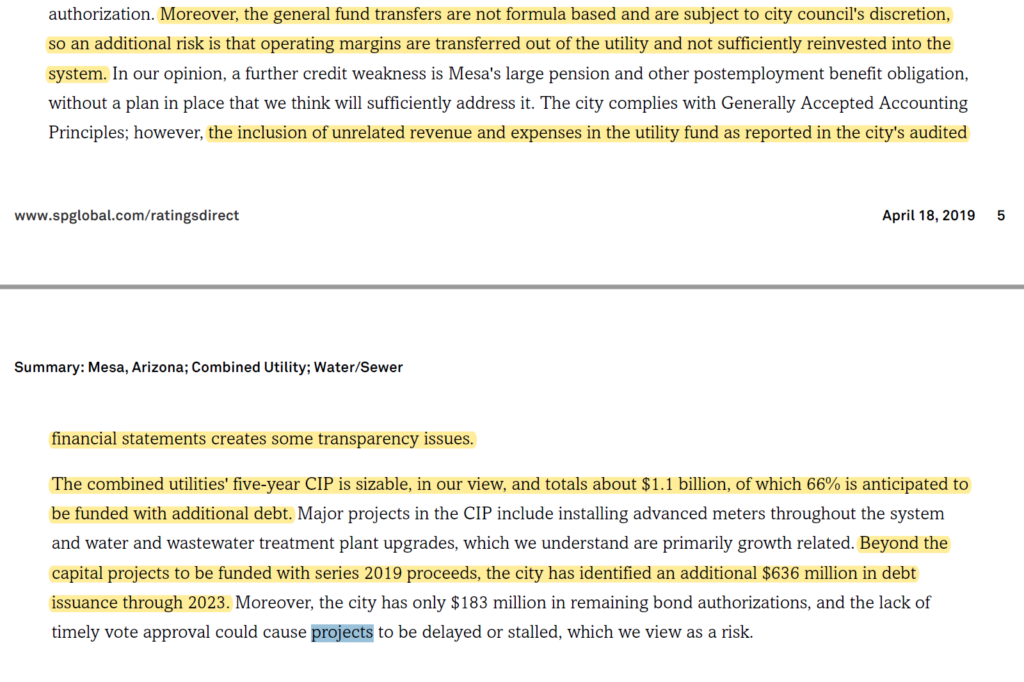

Organizations and companies don’t normally function this way

This quote is from this year’s credit rating report, in which the credit rating agencies recognize this as a problem. In a normal functioning organization or corporation, capital assets are depreciated over a long time period to determine how much money should be held in reserves to pay for these investments. However, the city uses its utility system to leverage a massive amount of debt to ultimately transfer utility revenues to the general fund to be spent on discretionary items. The goal is to load up the system with debt rather than address the ever-increasing expenditures.
Holding voters hostage
I refer to utility bonds as, “holding voters hostage”. I felt this way when I ultimately had to vote to approve them this month. You will constantly hear the argument that we have debt because voters approved it. Of course voters are going to approve bonds for clean water and infrastructure, who in their right mind wouldn’t. The main problem is that the money being generated from the Mesa utility enterprise and its debts is not being reinvested in utility infrastructure and instead is being siphoned off in the amount of 30% every year.
$2 Billion in debt
Mesa’s debt over the last 20 years has increased by approximately 205%. In the next few years, we will break the $2 billion dollar debt figure. The politicians have shown a level of irresponsibility with the City’s budget as outlined by these massive debt increases and utility rate increases.
From 1998 to 2008 the City of Mesa has increased its debt, on average, 5.97%, annually. Now let’s assume we increase our debt year over year at the same percentage. This assumes a baseline of 2019 indexed to 100, more information can be found on indexing here,
https://www.dallasfed.org/research/basics/indexing.aspx . Here is what the future projections show. This amount of debt is wildly unsustainable.

When you run out of money amortize your liabilities
The other issue hurting Mesa’s financial stability is Mesa’s pension liability. Instead of addressing the pension liability problems head-on, Mesa has decided to not address the problem and let someone else deal with it in the future. Mesa has amortized our PSPRS liabilities from 20 years to 30 years using a 25-year pay off schedule.
Outlined in the chart below is the massive pending pension crisis, totaling almost $600 million in unfunded liabilities:
This issue is also outlined in the bond rating reports.

Luckily we’re a monopoly…
It is important to remember the bond rating agencies have one concern: to protect the investor. They do not care about the future sustainability of our citizens. This is an extremely important distinction that needs to be made. While these reports are essential to analyzing the fiscal health of our municipality they bear no burden on the future sustainability of our city, or the wealth of our residents. In fact, you could argue the opposite is true. They recognize we are a monopoly and we can, and have, continuously increased taxes and utilities to pay these liabilities. Utility rate increases are a regressive inflationary tax impacting the poor and middle class disproportionately. These quotes below are from this year’s report.


This chart below shows the runaway inflation costs of water vs. the average income in Mesa:
Massive Sales Tax Increases
The above chart is another example of a major problem instead of solving the spending issues we continuously burden the tax-payer. This chart shows that on average we increase the sales tax by 5% every year. One percent in 1998 to two percent in 2018 is a 100% increase over the duration of 20-years or 5% every year. Here’s what this looks like over the next 80 years.
Mesa’s Eroding Wealth
There is one chart that summarizes the overall health of the municipality and that is the net position. This takes all of your assets and subtracts your liabilities. It’s the equivalent of an individual’s net worth. The chart below shows the comparison of Mesa’s net position compared to the five largest cities in the state. While we rank third in size on this chart we come in last as it pertains to wealth.
What’s worse is a city has assets that it cannot sell. Like street asphalt, lights, restrict funds, etc. If you remove these assets, our wealth plummets into insolvency. This can be found in our unrestricted net position. Our wealth is negative $658 million.
Government spending whether through debt financing or direct taxes takes money from the private sector. This will continuously lower our living standards and damage our economy.
Insolvency
It is important to note that this is not an issue of liquidity in which you can just keep issuing more debt/bonds. The issue is one of insolvency. The people of Mesa are the revenue source for the city. You can only take so much of their annual income before they have nothing left to give. As we start to see a huge rise in homelessness, we need to ask ourselves the question, “what is the cause?” I would say it’s simple. Picture yours or an average individuals income as a pie chart. As utilities, government taxes, rent, mortgage, etc. keep going up, the average individual is not seeing increases in pay – this becomes unsustainable and begins stressing the entire system. For a more in-depth macroeconomic view of this topic, I would recommend, “Big Debt Crises, by Ray Dalio”.
Home Rule Approval plummets
Home Rule gives the City of Mesa the ability to control our own budget as opposed to having state-mandated limits on our spending. It appears the people of Mesa are becoming wise as “Home Rule” approval has plummeted over the last two elections. It fell from 83% approval in 2008 to 71% in 2014. In the last election it fell an additional 14% from 72% to 58%. Losing home rule would mean massive budget cuts. Instead, we should pass a charter amendment to limit the transfers from the enterprise fund to the general fund at 20%. The alternative would be a lot more difficult to manage.
In Summary
Mesa’s wealth is your wealth, collectively. You should exercise extreme caution when politicians tell you that spending more money through bonds and debt financing is the path to wealth. It is, in fact, the exact opposite. Debt is an extremely powerful tool that can be used to disguise today’s problems while burdening future citizens of Mesa with these liabilities if it’s not used properly. We should invest Mesa tax and utility revenues in maintaining and repairing our aging infrastructure and addressing our pension obligations. Only after Mesa has addressed these long term issues should Mesa tax and utility revenues be used for any discretionary projects. Amortization of liabilities sets a dangerous trap that our kids will have to deal with it when it’s snowballed into a massive debt that will be too big to pay back. Be cautious of people who simply regurgitate bond rating agency reports without actually digesting them.
References:
S&P Utility Revenue_Mesa_AZ_Combined_Utility_2019
Moody’s – UtilityRevenue_Mesa, AZ_2019
S&P GO Mesa_AZ Rating Report_2019
UPDATE:
Jan 17
CES 2019: Replacing Humans with Supercomputers
CES 2019: Replacing Humans with Supercomputers
CES, formally known as the Consumer Electronics Show, is a yearly convention that unveils the latest advances in technology. Last week, I attended CES where it seems the overarching theme was how to eliminate humans from processes, or better said: how to use artificial intelligence (AI) and computers to process the abundance of data we’ve been collecting.
Check out my review of the emerging technology from CES below so you will know what to expect in the not-so-distant future:
Smart Cameras Using Artificial Intelligence
I think one of the most useful, yet alarming, technologies emerging this year is AI applied to camera streams. The City of Orlando tried to deploy this technology and caught a bunch of flack. It is now possible, and has been for a while, for governments to analyze their video streams using servers in the cloud. They can identify people, text, scenes, activities, as well as “inappropriate content”. In fact the average person can now tinker with this technology for less than $50.

In case you’re not paranoid yet, China has already developed this technology and uses it en masse. They call it their “personal credit information system”. It scores each citizen on every aspect of life, from spending habits to piety.
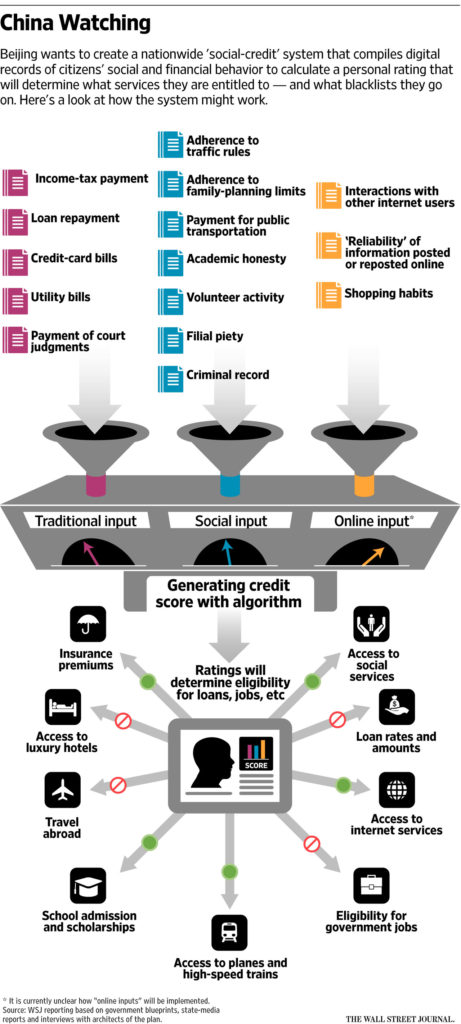
Not convinced on how well this software can identify a person and whether or not they’re smiling, happy, sad, etc.? Test this out free by uploading a picture to Amazon’s Rekognition system yourself.
Samsung’s Smart Police Department

Samsung has teamed up with AT&T and IBM to release an entire police tech package. The full package includes a camera, smartwatch, tablet, and phone, all seen above. The camera can be mounted to the top of police vehicles to see a full 360 degrees. It then ties
Drones, Drones, and more Drones
Passenger Drones
Bell had their taxi drone on display which is quite impressive in person. If we thought regular drones were a hindrance, we’re entering completely uncharted territory with the taxi drone.

Police Passenger Drones
Dubai police had their single passenger drone on display as well. It may be hard to imagine now, but flying police may be a thing of the not too distant future.

Automated drone deployment

Whereas use of drones and some issues that come with them are well known, government use of drones has been limited. Today, when a police department needs air support we call in one of our helicopters. The annual maintenance and cost of these aircrafts are in the millions. One company is looking to disrupt this industry.

A company, ALX Systems, is using drone technology to disrupt multiple industries and showcased multiple products to demonstrate how they plan to do it. Their first product showcased was a drone-based system that is designed to be deployed in a box that is mounted and placed throughout the city. When someone calls 911, operators are then able to dispatch these drones to provide eyes in the sky within seconds. They can further be deployed on a mass scale at minimal cost. ALX also showcased drone-hunting drones that were being developed to knock rogue drones out of the sky. Perhaps a perfect solution the recent airport shut down at Gatwick?
The last technology they had on display was a drone which used lidar/

FLIR drones
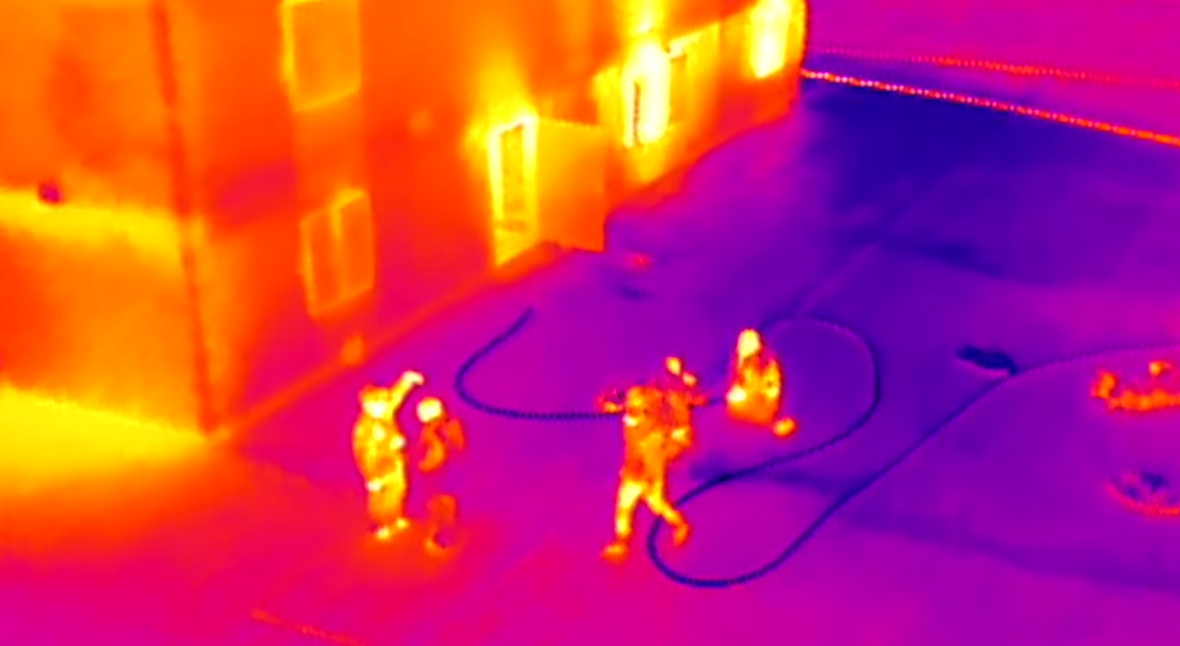
Sticking with the topic of drones, DJI had some of their latest technology on display. They’ve partnered with FLIR to create infrared thermal imaging based drones. The applications for this are endless.

Here is DJI’s video outlining the technology.
Smart Water Valves
Another technology on show at CES, smart water valves have the potential to revolutionize water metering. One of the most frequent calls we receive from constituents is about water leaks and the abhorrent cost of water. The WaterSwitch allows for you to monitor your water usage down to the accuracy of 1/10 gallon. It also can detect leaks and turn itself off automatically when needed.
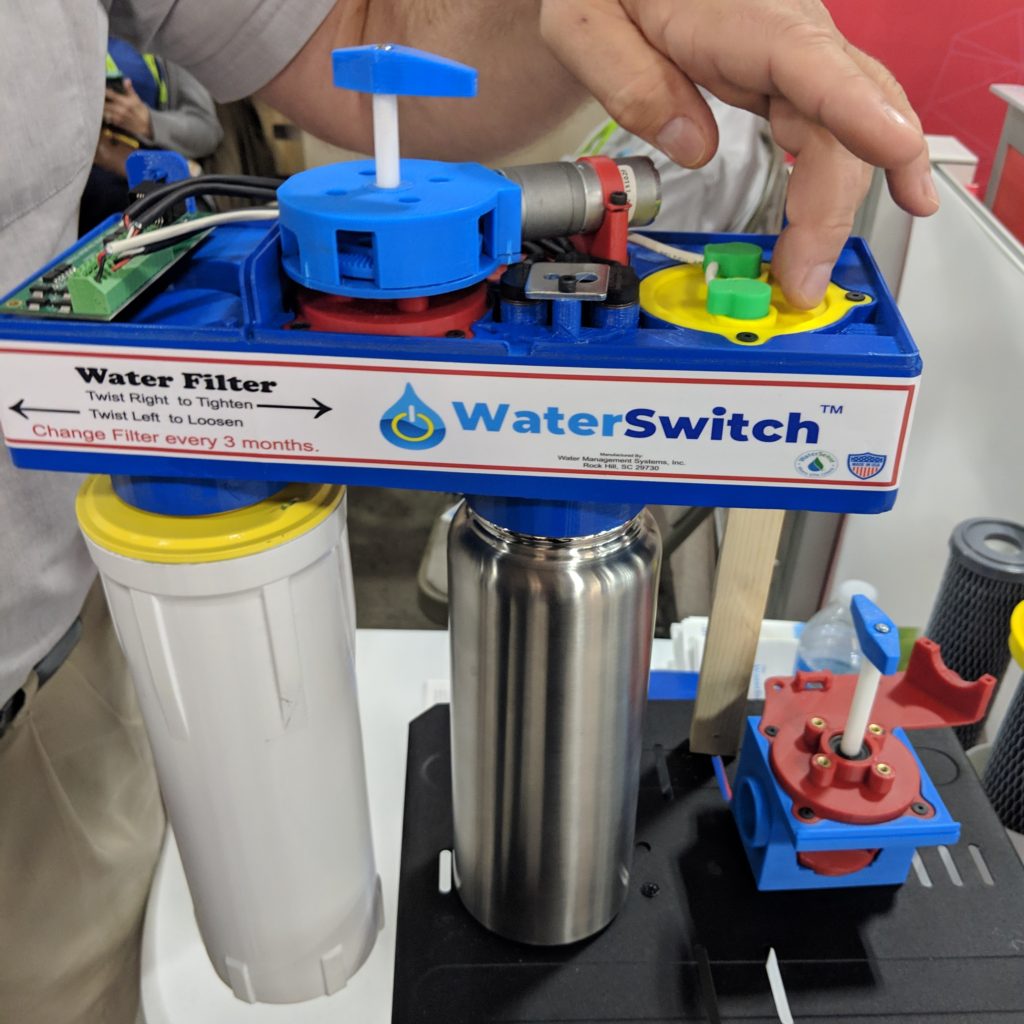
Quantum Computing
In case you’re wondering how all of this data will be processed, IBM has the answer. Look no further than IBM’s new Quantum computer, the IBM Q.

This supercomputer was also on display at CES. More information on it can be found here.
Startup Innovation
CES also features an entire exhibit floor of startup tech companies. Some of their products included: gas/air quality sensors housed in everything from meters to street lights; remote cameras using AI and
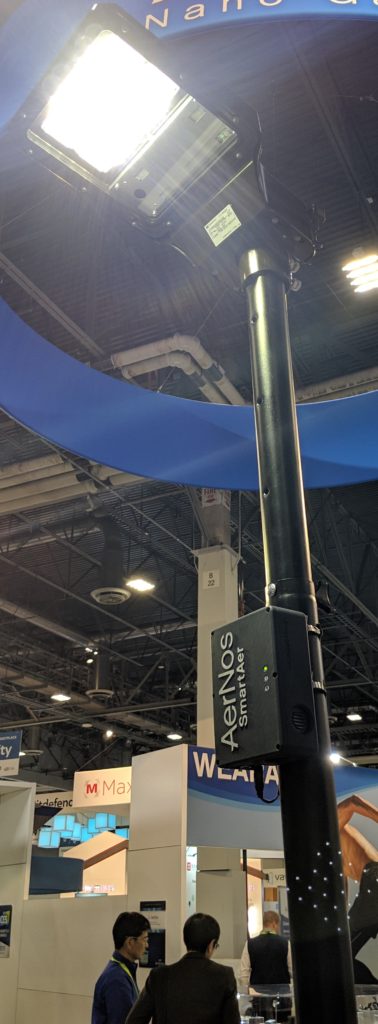
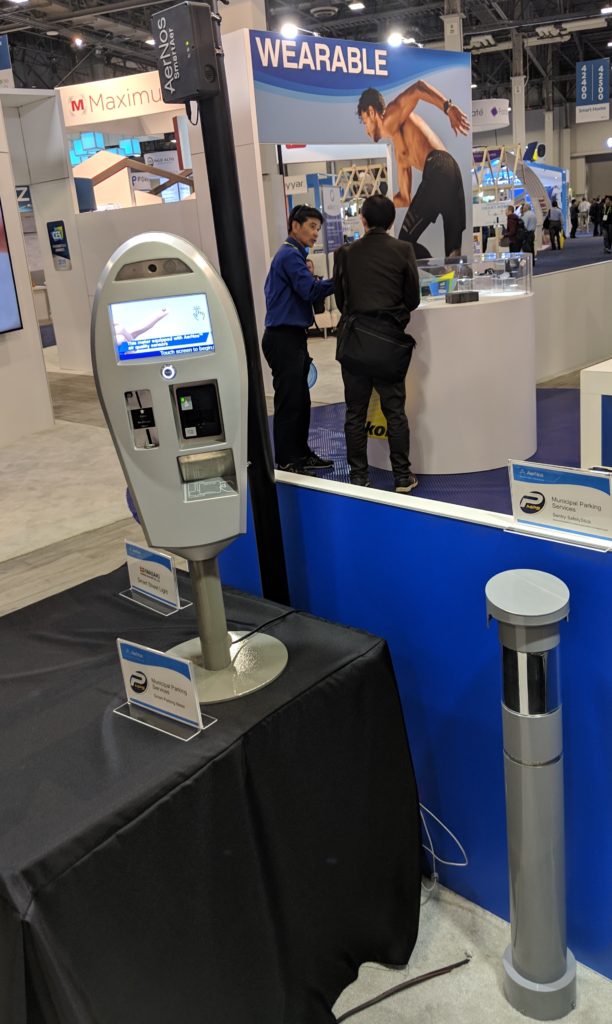

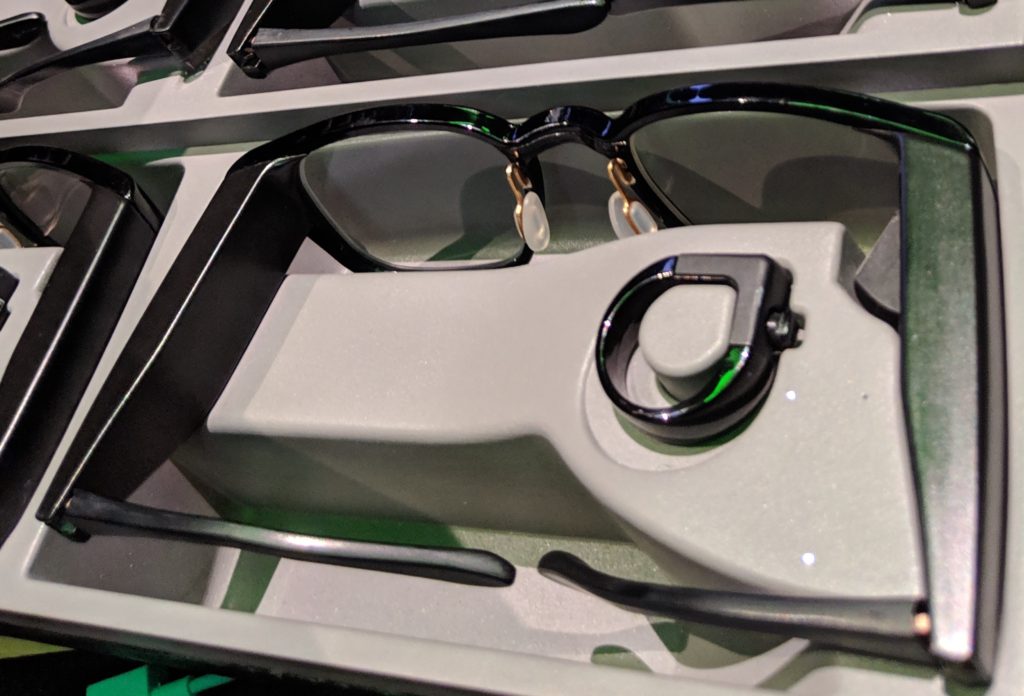

Robot Drinks

If all these drones, robots, and AI technologies (oh my!) have you stressed out, have no fear. In Las Vegas, where CES was held, you can now have a drink fully served to you by a robot. Cheers!
Oct 23
Mesa Question 2: Does Mesa need 65 new police officers?
Does Mesa need 65 new police officers?
One of the main arguments that I keep hearing time and time again is, “as the city grows we need to increase sales tax to support our public safety”. This statement has absolutely no logic. To make things simple, I’ll use the following analogy. You have a population of 100 and they all purchase $1/day of goods. Your sales tax rate is 1.75%. This means $100/day is spent and $1.75 is collected by the city. If your population doubles and they continue to spend the same $1/day they are now spending $200/day cumulatively which gives the city double or $3.50 at your 1.75% sales tax rate as a city. That is the way percentages work. As your population grows so does the city’s revenue, proportionately.
That being said the purpose of this article is to index the number of employees to 2002 and see if we have in fact hired more or less proportionate to population increase. Use of this data for any other purpose is flawed. I only hope to get a better idea if we’ve hired more or less public safety workers.
Mesa population growth and sales tax collected
Here is a chart that shows the actual population growth in Mesa and the amount of sales tax collected. You can see that these are positively correlated. So when someone tells you that you need to increase your tax as a percentage of revenue it means the money is not being spent as efficiently.
Are police and fire low on full-time employees?
I want to dive into this issue further and take a look at the number of city employees categorically per Mesa resident. This will help us determine which departments are high/low on employees.
As you can see from the above chart city employees who are not public safety have decreased significantly per resident since 2002. Police officers have also decreased per resident, albeit not at the same pace. The number of firefighters per resident has actually increased.
Let’s index the data to 2002 to put things in perspective
The next thing I’m going to do is index back to 2002 to see how much, as a percentage, employees have increased or decreased per resident. The below chart shows this information.
This chart again shows the same data but as a percentage. Based on the population the city hired more firefighters as a percentage of the population indexed to 2002, fewer police officers, and significantly less “other employees”.
Conclusion
Assuming 2002 was a good index point for the correct number of police officers based on population one can conclude that the city currently needs to hire around 234 more police officers. Using this index it would also suggest that we have 21 more firefighters than are necessary. The rest of the city should be running on 2,454 employees when it has 1,819, or a current deficit of 635.
Oct 18
Mesa Question 2 Propaganda
 Mesa Question 2 Propaganda
Mesa Question 2 Propaganda
One of the hardest things for me to discern as a councilmember is what spending is necessary and what spending is being pushed for political purposes. I received the following propaganda in the mail this week and felt the need to weigh in on the issue.
I find it troubling anytime someone tries to use scare tactics to try to push their agenda. For instance, in this “newspaper” there is a house on fire with the title, “Question 2 Critical To Support Mesa Public Safety”. The interpretation I get from this is that if you don’t vote for Mesa’s Question 2 there is a chance nobody will come when you dial 911.
The first issue that needs to be addressed is taxes in general. Our city’s sales tax is 1.75% of all sales in Mesa. The argument that is made time and time again is that as our city grows we need to increase taxes for public safety. To anyone that understands percentages, this comment doesn’t make sense. If our city is growing and sales tax is 1.75% of all of the new growth then there should never be a need to increase sales tax as a percentage. Anytime a governing body says they want to increase taxes as a percentage it means they are doing less with more money.
There are a few questions we should ask ourselves to determine if we actually need more firefighters.
- Are fires increasing or decreasing?
- Are the number of full-time firefighters increasing or decreasing relative to the number of fires?
The first chart here shows the number of fires and full-time firefighters where the dotted line represents hiring 45 new firefighters, as being proposed by Mesa Question 2. You can see that the number of fires is decreasing drastically while the number of firefighters is doing the opposite.
To make this chart more interpretable we should look at the ratio of actual fires to the number of full-time firefighters. Essentially what this data tells you is that 10 years ago for every firefighter we had 3.5 fires. We now currently sit at 2.75 fires for every firefighter.
Quid Pro Quo
I also want to take a minute to point out the money behind this political action committee. I would highly encourage people to take the time to Google “City of Mesa” along with the names of the corporations who are funding this campaign. There are multiple corporations who have made millions of dollars off of these increased taxes and bonds leaving the taxpayer to foot the bill, which is growing increasingly more unsustainable. The campaign finance reports can be found here http://apps.mesaaz.gov/clerkcampaignfinancereports/doclist?Yes%20for%20Mesa%20Public%20Safety
Oct 12
Yes on Prop 127, it’s what we should want the future of energy to look like for our children
I’m voting YES on Prop 127, it’s what we should want the future of energy to look like for our children
- It’s time to end the utility monopoly
- Jobs – the number of solar jobs created from this will be massive
- Part of a more comprehensive plan to move towards more sustainable energy sources other than oil and nuclear
- scientists agree climate change is caused by our carbon output
- Solar electricity is the cheapest form of renewable energy
Monopolies
You probably haven’t shopped your utility company that’s because utilities have enjoyed a monopoly over our energy sources for far too long. Solar electricity on the rooftop is a small step in the direction of ending this. Imagine a world where you don’t have an electric bill. Your solar panels on your roof power a battery pack in your garage. You’re connected a micro-grid that is shared with some of your neighbors so that if your batteries run low you can borrow from your neighbors as a reasonable cost or vice-versa. You go to work in the morning and your electric car is fully powered from the solar panels and batteries stored at your house. You get home and at night and you plug it back in. You’re never connected to a massive grid with prices forced on you. This isn’t only a possibility this is what the future of our energy can look like.
No better place than Arizona
Below is a map showing the best places to produce solar electricity. Arizona literally has the ability to be the capital of solar electricity production.
Oil
Last year the United States imported 10 million barrels of oil per day. Here are the top five countries we imported oil from.
Oil is a non-renewable resource. It will eventually run out. So it’s also important to look at how much supply each country has in the ground.
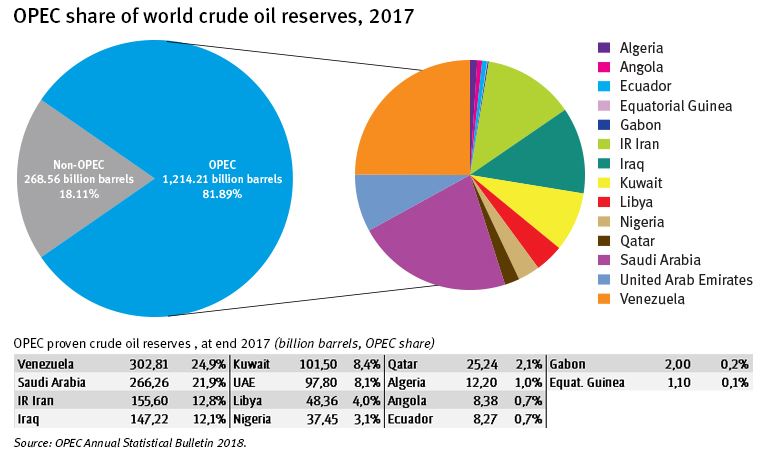
It’s time to comprehensively redesign what the future of our energy looks like, not only from production but consumption. I don’t know about you but I don’t want to have to rely on the stability of the aforementioned countries for my child’s future prosperity. It’s time to push for solar energy created on rooftops and stored in a battery packs in our garages. It’s time for electric cars to free our country from this horrible addiction we have called oil.
Nuclear
Some will claim that we should not be investing in solar rather nuclear energy because it’s equally as safe and cheaper. I partially agree with this. We should be using nuclear as a backup solution for our energy needs as it will take decades to transition to solar. However, that being said, I’ll also leave you with some images of Chernobyl and Fukushima where nuclear disasters have destroyed the local areas and they are completely uninhabitable. We should use the litmus test, if we believe nuclear energy is safe, would we want one built next door to our house?
Climate Change
The United States is the second largest emitter of carbon dioxide. U.N. scientists say ‘unprecedented changes’ are needed to protect our earth from global warming. They indicate that economies must quickly reduce fossil fuel and increase the use of clean, efficient energy. Why not do our part in Arizona?
https://www.usatoday.com/story/news/2018/10/07/global-warming-earth-nears-tipping-point-climate-change/1562253002/
My responsibility
I have personally invested tens of thousands of dollars in solar electricity. My personal residence has a 20kWh solar system which produces well over 100% of my electricity. I am not sitting on the sidelines advocating for solar but actively doing my part.
In Summary
A vote on this proposition is a vote on what you want the future of energy production to look like in our state. Do you want to be held to monopolized utility companies to set the rate you pay for electricity forever? Or do you want a future Arizona where the individual is able to start providing solar power on their rooftop, then charging a battery and being able to disconnect from the grid? It’s time to end the monopoly that utilities force on us in Arizona. I hope you’ll vote yes on prop 127.
References:
https://www.eia.gov/tools/faqs/faq.php?id=727&t=6
https://www.opec.org/opec_web/en/data_graphs/330.htm
https://www.eia.gov/energyexplained/index.php?page=oil_imports
http://fortune.com/2016/12/15/solar-electricity-energy-generation-cost-cheap/
https://www.usatoday.com/story/news/2018/10/07/global-warming-earth-nears-tipping-point-climate-change/1562253002/
Oct 09
Mesa voters being asked to consider half a billion dollars of new debt
This year on our ballots in Mesa we will be asked to consider half a billion dollars of new debt.
- Local control of the budget vs. spending caps from the state (Question 1)
- Raising the sales tax 14% (Question 2)
- $85 million dollars to build a police/fire joint station in northeast Mesa (Question 3)
- $111 million dollars for parks and culture. Including ASU park downtown, a permanent ice skating rink, and massive soccer fields in northeast Mesa. (Question 4)
- Modifying the City Charter to allow us to spend $100 million on a sports complex in northeast Mesa. (Question 5)
- Increase the lodging tax by 20% (Question 6)
I’m sure that not all of my positions will align with your views and that’s ok. I only wish to present the facts to those who are looking for them in the abyss of data. I should also note the opinions I express are my own. My goals are simple, they are to provide transparency to the finances of our city for the purpose of protecting the assets that belong to the residents before they are entirely depleted due to a massive spending spree with no plan to pay for anything. It’s time to get our spending under control. In addition, my hope is that we can start creating policies that favor the middle class and the poor in our community. This requires us to live within our means and get back to providing core municipal services to our residents. It is important to note that financial crisis situations do not occur overnight. They take years to evolve usually with those at the helm ignorant in what it is they’re creating.
Deceit
It is important to realize that when governments request to spend more money and voters must approve the spending they put plenty of thought in how they phrase the ballot measures as much as possible to deceive the voters into voting “yes”. To this extent, some ballot measures are outright deceitful or arguably outright lies. In our instances, I take issue with multiple items on our ballot this year.
The first issue is always invoking the words “public safety” as a scare tactic. You may recall the video last year where they tried to push the sales tax increase to pay for more public safety workers and the ASU building downtown, they showed an immigrant killing a Circle K employee to justify the tax hike. This scare tactic is a way to get voters to approve whatever you put in front of them with the belief that if they do not approve it then police and fire services will be slashed and cause massive increases in crime and response times for services. All the meanwhile money is siphoned off the books to pet projects that never make it on to the ballot. Then when they do and you vote against them alternative methods are used to finance them.
The second item I take issue with on this ballot is the calculation of the tax increases. To determine how much your taxes are increasing the formula is simple. You take the difference of the new tax rate (2%) from the existing one (1.75%). You then divide this number(.25%) by the original tax rate and multiply by 100. More details can be found on Google for calculating the percentage of increases – https://goo.gl/5RDDSE
In our example on the ballot this year, our existing sales tax rate is 1.75% the new tax rate being proposed is 2%. This is a difference of .25%. If you divide this number by the original tax rate you get .142, multiply this by 100 and you arrive at 14.2% of a sales tax increase. If someone indicates to you that the sales tax rate is only increasing by .25% one of two things is happening, they either don’t understand the math behind calculating percentages of increases or they are intentionally disguising the actual increase to deceive you. The .25% number disguises the true severity of the problem. It seems small on the surface when the real increase is significantly larger. Once you realize how massive of a tax increase this is you have to start analyzing how to fix the problems causing it rather than kicking the can down the road.
In addition to the sales tax increase is the lodging tax increase. It currently sits at 5% and is being proposed to go to 6%. I won’t show the math here, rather you can use the formula above to determine this is another massive 20% increase.
The third item that is an issue with our ballot this year is the deceit in which the increase sales tax funds can be spent. Yes, it is true that this new sales tax increase (Question 2) can only go to public safety based on the wording. However, money is fungible, meaning, this frees up the money from the general fund that can then be spent on anything without any restriction. In fact, this is exactly how items are funneled through the city that you don’t want to pay for. Taxes are raised on the items that are “polled” and that you will support which frees up other money to pay for pet projects. This is not how a government should function.
Bond rating agencies
One item to pay close attention to in order to track our financial issues facing the city are the bond rating reports which are done by Moody’s and S&P, two credit rating agencies. I’m honestly not sure why Fitch, the third credit rating agency, was excluded. There are some items of concern within these reports. These items touch on some of my concerns but not all. It is important to understand bond rating agencies are only concerned about investors and borrows defaulting on debt. Meaning they do not analyze the social issues or quality of life issues which must also be taken into consideration. They merely want to assure the lenders that they will receive their payments and principle back. Here are some excerpts from the reports.
- “Reserve levels remain somewhat below national medians”
- “Pension liabilities and costs, already elevated, will continue to grow without additional funding”
- “Economic contraction resulting in significant revenue declines and inability to bring about fiscal balance”
- “Demonstrated unwillingness to make budgetary adjustments as necessary to maintain reserves”
Running out of money
Looking at the chart below you can see the city’s unrestricted net position or unrestricted assets minus liabilities is almost negative half a billion dollars. This is the equivalent of an individual’s net worth. If this were a corporation it would be bankrupt.
The city has a few levers we can pull when we start to run out of money. They are as follows:
- Increase the sales tax
- Increase debt through sales-tax backed bonds or excise tax bonds
- Increase property tax bonds
- Amortize debt over a longer period to stop the squeeze
- Increase utility rates
- Spend money allocated for capital replacement and improvements for operating expenses (disguising the severity of the issue)
- Pray that the economy does well and we will see an increase in state shared sales tax revenue
It should be noted and of significant importance that we are doing every single one of these items outlined above. This is an indication of an unsustainable position.
Based on this if you cannot afford to pay your bills in an operating year you should not be spending on items that are discretionary in nature or unnecessary. The math is simple if you make $50k/year and your bills add up to $60k/year you should be looking for ways to cut $10k/year out of your budget. You cannot run deficits in perpetuity you will eventually run out of money when your savings are depleted. Currently, Mesa does not have a balanced budget (revenue sources minus uses). To be more specific we are only able to balance our budget because we transfer dollars from our reserve, or savings account each year. Hence the reason why we must pull all the levers outlined above.
City governments do not get to enjoy “exorbitant privilege” like the US government in their budgets deficits. This comes from our inability to print money and inflate our way out of debt. So our situation will need to be addressed sooner. In the above example, and simplified, for every year that you spend $60k while making $50k you must have future years in which you only spend $40k to make up for this deficit spending.
Cost of living
The spending problem we have becomes apparent when you compare our cost of living to other cities. After our utility rate increases this year and new taxes Mesa will overtake Tempe as the second most expensive city to live in. Only being outpaced by Glendale. It is important to note that when you hear bureaucrats telling you, “well we don’t have a primary property tax”. This chart takes that into consideration.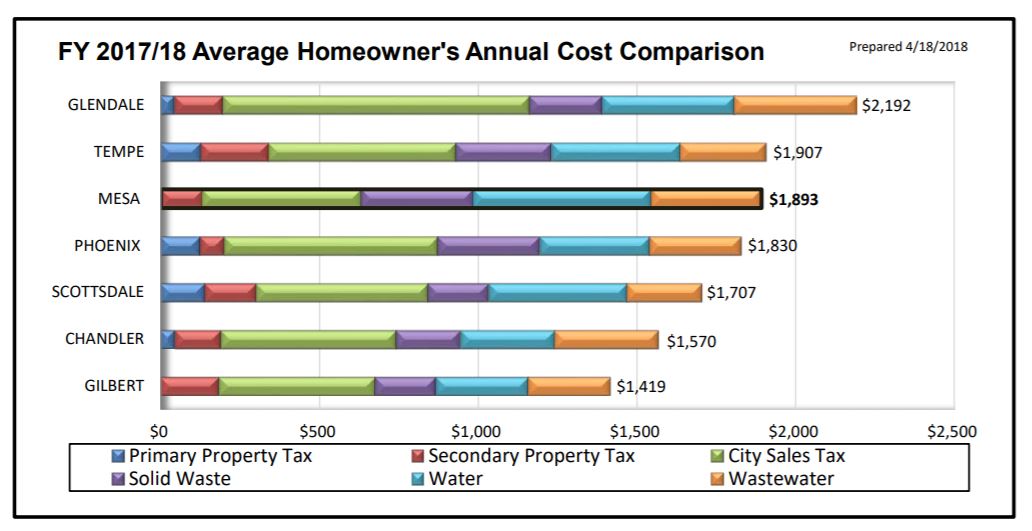
I have outlined the issue of inflation vs. median income in the past. This is one of the biggest issues I have with the spending. Our cost of living through our utilities is skyrocketing while the median income is not increasing at the same rate. What this means is that your utilities are and will continue to consume a larger part of your budget. This is fundamentally why I oppose more unnecessary spending these costs have a larger impact on the middle class and poor. As they are stretched from paycheck to paycheck our city can never improve because their discretionary spending is squeezed tighter every year. Arguably this is part of a bigger problem facing our entire country.
Lack of savings
In times of economic prosperity, like what we’re going through today, organizations, corporations, and individuals should be saving for future downturns in the economy. Instead, we’ve accelerated our spending and are estimated to deplete our reserves to their lowest allowable levels 8-10% by fiscal year 22/23.
Lurking massive public safety pension problems
The single biggest issue facing our city financially is the bankrupt PSPRS fund. This is destroying our city financially. If you look at the chart below it is clear we are headed for a disaster. Even more concerning is the lack of an attempt to pay down this debt. A percentage of the revenues from Question 2 should have been allocated to addressing this problem. Instead, the Council decided to change the amortization period from 20 to 30 years, simply kicking the can down the road. These funds sit at dangerously unfunded levels that are not prepared for the next recession, 44.26% for police and 46.7% for fire personnel.
Red Mountain Soccer Complex
The reasons outlined above are why I opposed the ASU complex downtown and other discretionary spending. So is now the time to be spending more money on a bunch of new taxes, a park that includes a year-round ice skating rink downtown, and massive soccer complex which will only positively impact one of the wealthiest parts of northeast Mesa? I say no, however, I’ve outlined my arguments above and will respect your opinion if we disagree. The only question I hope you would ask before voting for all these new taxes, “How and who will pay for all of this?“.
I referenced multiple items throughout this article. Most of the data was derived from the City of Mesa’s executive budget report or the comprehensive annual financial report.
Mesa’s Executive Budget Plan – https://www.mesaaz.gov/home/showdocument?id=28835
Mesa’s Comprehensive Annual Financial Report – https://www.mesaaz.gov/home/showdocument?id=24514
PSPRS CAFR – http://www.psprs.com/uploads/sites/1/2017_CAFR_FINAL.pdf
Aug 06
Why I’m voting no on Mesa’s Question 1, “home rule”
My response below will be on the ballot this November 6th opposing Mesa’s Question 1, “home rule”.
(Maximum of 300 words limit a detailed explanation)
In 2016 “Question 1” on your ballot asked if you wanted to increase your sales tax by 23% to pay for an ASU campus to be built in downtown Mesa. Overwhelming you said, “no”. However, this year the City Council decided to blatantly ignore your vote. This political maneuver was pulled off by increasing your water bill rates and taking out debt to finance the $100 million ASU campus. Deceitfully, this form of debt and water bill increases do not require voter approval, as they knew you would reject it again. Now utility bills will increase for the next 20 years to pay this debt.
Ironically this year “Question 1”, this question, is “Home Rule”. Now you can show your disdain with your vote being ignored in 2016 and vote against this question. This means you can tell the City Council that they must abide by article IX of Arizona’s Constitution and have a balanced budget. Currently, they’ve decided to not balance the budget to fund this new ASU campus. In turn, these deficits deplete our reserve fund. We’re projected to run deficits for the next 5 years, which is as far out as the city projects. Deficits for the next 5-years add up to -$59.1 million cumulatively. If you were to eliminate the new ASU building downtown not only would it balance the budget, we would have in excess of $40 million to be able to lower water and utility bills.
It’s time to not only vote no on “Home Rule” but replace the existing City Council. If our elected officials won’t listen then it’s time to look for replacements.
More facts and figures supporting this article can be found at JeremyWhittaker.com or email anytime.
Jul 18
Mesa City Council, more corrupt than anyone in Washington D.C.
Should people who do business with the City of Mesa be able to donate to City of Mesa political campaigns.Should people who do business with the City of Mesa be able to donate to City of Mesa political campaigns.
Posted by Councilman Jeremy Whittaker on Wednesday, July 15, 2020
Mesa City Council, more corrupt than anyone in Washington D.C.
A few years ago, prior to my election, I found something in politics to be quite disturbing. Should the individuals and organizations whose issues are being voted on by a governing body also be lining the pockets of the politicians who sit on that governing body? Is that how our democracy was intended to run, whoever has money buys the candidates then the candidates vote in support of their issues? Or even worse should candidates be asking for political donations when individuals or organizations try to get an issue passed through their governing body? I know this is accepted as the status quo in countries like North Korea, Somalia, Syria, etc. But is this what our own democracy has come to? Is this what we want to continue to have it look like?
We always address this issue at a national level, perhaps even a state level, but what about in our own backyard? What about our own municipal elections for Mayor and City Council? Every single person who has donated to one of these politicians on the issues I outline below passed through City Council. This behavior indicates that our elected body no longer represents the people that it is supposed to, rather, quite the opposite. Whoever has the money buys the politician, the politician then enacts the policies to enrich the donor and the cycle continues. All the meanwhile the taxpayer and utility customers eat the cost through ever increasing taxes and water bills.
With that, today marks the day in which we get to see who is buying our local politicians in Mesa. There are two candidates that are running for re-election, and one unopposed. Their financial disclosure forms are available below.
Francisco Heredia
David Luna
Kevin Thompson
Pay to play politics
What becomes apparent is that candidates are being bought and their principles, assuming they had any, discarded. I find it hard to believe this is the democracy our forefathers envisioned. Let’s take a Look at these campaign finance forms and how to buy votes on a City Council.
Million dollar land sale deal near the Cubs stadium, who has the biggest checkbook?
One of the major issues we voted on this year, as a Council, was which developer to sell the land located next to Cubs stadium to. Internally word was spread that Lincoln Properties/Harvard Investments would have the better development. However, with the campaign finance forms coming out it is clear, once again, Luna and Heredia had simply sold their vote to the highest bidder.





Mayor John Giles:
Makes you wonder was this a “well-qualified proposal”? Or were the right pockets lined?
Build a downtown ASU campus to make your friends rich. No problem, we’ll just pay for it using the water bill revenues.
State Senator, Bob Worsley, who also owns multiple properties around the new ASU downtown campus that Council forced through last month (after voters rejected it in 2016). Here is one of his donations to Vice-Mayor David Luna.
The Arizona Daily Independent wrote an article on Worsley’s financial interests to the new campus which can be found here. https://arizonadailyindependent.com/2018/03/01/mesas-asu-project-needed-to-make-good-on-worsleys-bet/
The main premise of this article is Worsley owned multiple properties around the new ASU campus that will be built in downtown Mesa. All of these properties were purchased within the six months prior to this vote coming to City Council. Was there inside information provided that this vote would pass? A map of the properties can be found below. Obviously, these properties will be worth millions more once this $65 million dollar ASU campus is built using revenues from City of Mesa resident’s water bill revenues. More on that can be found here – https://mesacitycouncil.com/why-i-oppose-the-120-million-asu-campus-in-downtown-mesa/
You can start to see how this pay to play politics works. Individuals or corporations who want to make money on City Council decisions donate money to their campaigns. They then have that Council member at their disposal when it comes to voting on their issues.
Sunbelt holdings owns a large plot of land directly next to the new ASU development and what do you know, another political donation.
Want a multi-million dollar contract to build a water treatment plant for Mesa? Better pay up.
On 2/5 City Council voted on this(click image for link).
And here comes the pay to play donations.
Want to rezone acres of dairy land for residential houses and make millions? Pay the pied piper.
Want to rezone the downtown LDS Temple and demolish historic homes? No problem, but there’s a cost to that.
Build a $100 million dollar soccer complex(Questions 4,5,6 on your November ballot)? No problem, pay up.

Allow Illegal collective bargaining? Sure, but at
a hefty price:
The biggest portion of our budget for the city is allocated to personnel or employees. More specifically in that group, public safety. So why are the fire unions donating thousands of dollars to politicians? The answer is simple. They know that once they are elected to power they can get whatever they need the council to approve whether it be salary increases or supporting the completely bankrupt retirement fund which is set to cost the city almost $1 billion dollars, more information on that here – https://mesacitycouncil.com/direct/is-the-psprs-pension-bankrupting-mesa-and-other-municipalities/
Collective bargaining is illegal per the City’s Charter.
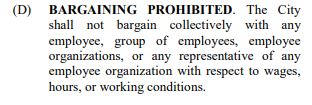
As I try to ask questions to determine if the city is collectively bargaining with unions you can see the Mayor quick ends this conversation. The City has been collectively bargaining with unions which is illegal per the charter.
Why does the Mayor not want me asking these questions? Well, let’s take a look at his financial disclosure forms.
You can see once again pay to play politics takes hold as both Luna and Heredia have accepted thousands of dollars to circumvent the law and allowing for collective bargaining. Just another example of them selling out to anyone who donates to their campaign.
Azcentral published a very in-depth story on fire unions and their donations which can be found here – https://mesacitycouncil.com/arizona-firefighters-have-grip-on-financial-power-in-local-elections/
Millionaire investors and you want to remodel your commercial buildings at the expense of the taxpayer? Sure, but make sure the Mayor gets his cut.
It makes a lot more sense to me now why the City tries to file frivolous lawsuits against candidates running for City Council. It is a desperate attempt to maintain their power – https://www.washingtonpost.com/news/volokh-conspiracy/wp/2016/05/25/mesa-arizona-city-threatening-city-council-candidate-with-lawsuit-for-using-mesa-logo/



